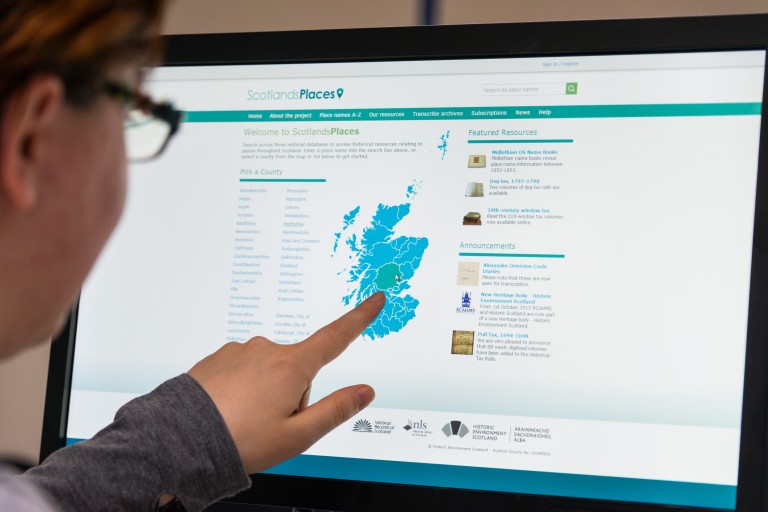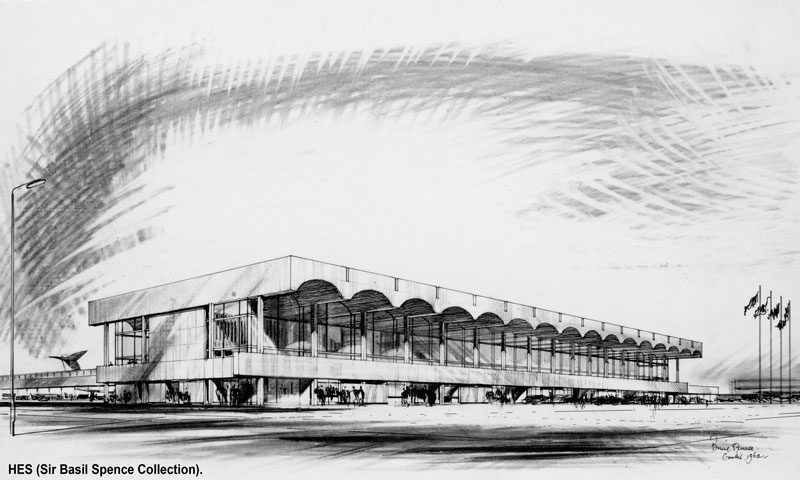We’re closing down our ‘historic sites’. Don’t panic – not those historic sites!
For large organisations like HES, websites have a habit of accumulating over several years for one reason or another. So, over the last 18 months, we’ve been running a programme of legacy website rationalisation.
What does that mean?
As technology continues to develop at a frightening pace, we’re actually at the stage now where websites begin to age very, very quickly.
From the back-end systems used to build them, right through to the way users find and interact with them online, websites have come a long way in the last twenty years or so.
Streamlining the sites we offer to our audiences ensures information is kept up to date, and that there are less risks for people visiting them.

HES have been involved in the development and maintenance of a number of websites, including ScotlandsPlaces
More websites = more problems!
Historic Environment Scotland was born in 2015 when the Royal Commission on the Ancient and Historical Monuments of Scotland (RCAHMS) merged with Historic Scotland.
Before this merger, it was common for individual websites to be created for specific projects within either organisation. This allowed users to find all the information they needed about a project in one location.
But it also meant that HES inherited a large digital estate, consisting of a range of websites built on different systems. Keeping all of these “legacy” websites live posed several problems.
The dilemma…
It was going to be difficult for HES to establish itself as a new brand when so many legacy websites still referred to RCAHMS and Historic Scotland.
Legacy websites were also becoming confusing to users. There was often nothing acknowledging that the projects had ended, or that the organisations involved had become part of HES. Some information was ten years out of date!
Furthermore, the technology used to build a lot of the sites was becoming outdated. Maintaining old systems requires a lot of staff time. On the other hand, not looking after them could present cyber security risks.
Rationalising legacy websites
The catalogue of potential problems prompted us to streamline the number of websites we offer.
This could improve our online users’ experience and raise awareness of the HES brand. It would quell cyber security risks and protect the research data some legacy sites held.
There’s not too much info out there on rationalising legacy websites. The process is likely to be slightly different depending on your organisation and the types of sites you’re dealing with.
Here’s the path we’ve followed so far – it might be useful if you’re looking to do something similar!

Assess
Use a programme like Google Analytics to assess how much traffic the site gathers. Are there regular visitors? Is website information up to date? Does the site meet your brand criteria?
Contact
If there’s reason to close the site, who is the website owner? Do you have access to the site, and have you gained their permission to retire it? Finding out can be tricky, especially if there are no longer any contacts associated with the site left in your organisation!
Back-up
It’s important to ensure data is backed up. There might be particular cases that require information to remain publicly accessible.
We’ve been utilising a fantastic service provided by the National Records of Scotland to public sector organisations. Their Web Continuity Service allows us to add snapshots of entire sites to the NRS web archive.
Closure
Once a version of the site has been archived, we renew the domain name and set up a redirect to the NRS archive. This way, anyone who still needs to use the site can access the information in its original form. A banner on the archived version explains that the site is no longer updated.
It’s now safe for us to remove from our servers!
Repurpose
A lot of content is still relevant in some way. It can usually be refreshed or repurposed for new audiences. The HES blog is the ideal place for sharing interesting content!
When we retired the Basil Spence Archive Project website, we brought some of the old content to a new audience by repurposing a podcast as a blog.
We also showcased outputs from the Discovering the Clyde project, a website that we retired recently.

Content about Basil Spence’s designs for Glasgow Airport was re-purposed for a blog.
They don’t make ‘em like they used to!
Today, websites are made in a completely different way. They have to be mobile-responsive, and are designed with the user’s needs in mind.
Since August 2017, we’ve retired several websites and added them to the NRS web archive, including www.treasuredplaces.org.uk; www.accessingscotlandspast.org.uk;
www.discoveringtheclyde.org.uk and www.basilspence.org.uk.
It’s interesting to see just how much has changed in such a relatively short space of time. Web archives like this are full of quirky sites, and show the weird and wonderful ways organisations have designed websites in the past.

